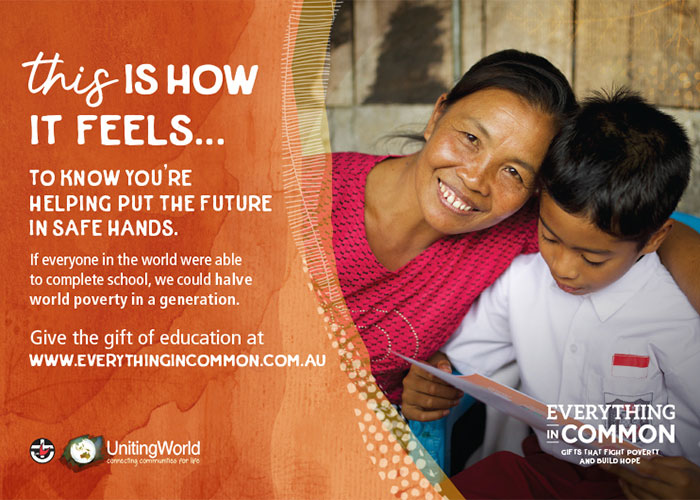Throughout Australian history, the government has often been accused of paternalism, of imposing policy in respect of Aboriginal entities. A contemporary equivalent can be found in the scrutiny exercised towards Howard’s NT Intervention, now Labor’s Stronger Futures legislation.
Trying to grapple with complex political issues such as this when bombarded by a multitude of statistics, reports and testimonies all claiming different things, with the government telling you one thing and activists telling you another, it’s often difficult to know where you stand. This book adds another piece to the puzzle.
Condemning the government’s consultation process as a failure, A Decision to Discriminate (which focuses on the Senate Committee Inquiry into the Stronger Futures legislation) aims to shed light on the unheard voices, the stories ignored and lost in the sea of political rhetoric and government policy.
Edited by Michele Harris, the book is a sequel to This Is What We Said (February 2010), Walk With Us (August 2011) and NT Consultations Report 2011: By Quotations (February 2012). It is a compilation of testimonies from a wide range of Aboriginal communities directly impacted by the Intervention and Stronger Futures. These personal stories are accompanied by helpful explanations of government consultations, complex legislation and the parliamentary process.
Views expressed are overwhelmingly critical of the government’s approach. Many testify to the disempowerment of Aboriginal communities under measures that are said to be punitive, blanketing and a severe impediment to self-determination.
At times, the book can seem repetitive – perhaps an expression of shared frustration. However, the book isn’t completely one-sided. Most notably, some people expressed support for income management.
A Decision to Discriminate is an easy read in terms of its well-structured format, accessible language and helpful summaries at the end of each section. Where it gets uncomfortable is in the way it forces Australians to re-evaluate government rhetoric about reconciliation, consultations and self-determination.
Non-fiction books can often be harrowing. They invite confrontation with reality.




